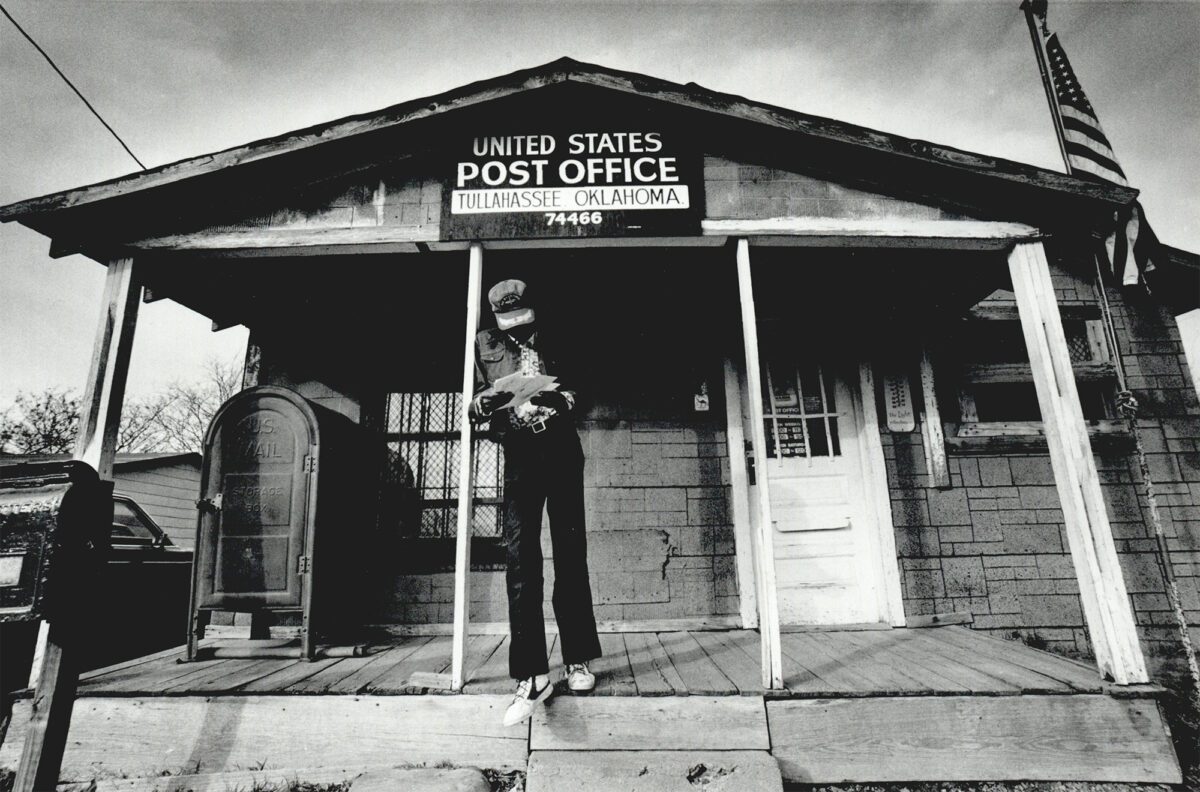Programs and partnerships across Oklahoma aim to preserve and protect the state’s historic places and spaces.
These significant sites and structures vary from historic mansions and hotels to cabins, centennial ranches and even the renowned roadway known as Route 66. Protecting these resources serve to commemorate history and educate generations to come.
“We believe communities are enriched when we connect history to our present and future,” says Heather Sumner, executive director of Preservation Oklahoma Inc.
Preservation Oklahoma, a nonprofit, and the State Historic Preservation Office are among the organizations working with communities and individuals on historic preservation and restoration. Officials from both groups say the efforts serve to enrich and protect the state’s historical resources and to educate others about preservation on a local level. Communities and residents play a pivotal role in those efforts.
“For the most part, we rally around our historic resources,” says Lynda Ozan, deputy state historic preservation officer. “We do have the momentum to save things that are important to us.”

Supporting and Coordinating Efforts
Ozan says the work and outreach of the State Historic Preservation Office includes striving to “collaborate and empower communities to celebrate, preserve and commemorate our historic resources, diversity and progress.”
The office is a division of the Oklahoma Historical Society and is partially funded by the federal government and the state of Oklahoma. Oversight includes carrying out the mandates of the National Historic Preservation Act in Oklahoma, which created a defined process for historic preservation in the United States.
The Preservation Office also funds and coordinates surveys to identify historic, architectural and archaeological resources in Oklahoma. In addition, the office is involved with matching grant programs for eligible preservation activities and collaborates with owners, architects and developers to ensure that rehabilitation projects qualify for tax credits.
Outreach efforts offered by the office include virtual events that have proven popular among residents, Ozan says. Topics featured in the virtual programs have included stories about all-Black towns in the state and how to reach a younger generation about preservation work.
Joining in the historic preservation efforts is Preservation Oklahoma, the state’s only private, nonprofit partnership organization that is dedicated to promoting, supporting and coordinating historic preservation activities throughout the state. The mission of the Oklahoma City-based organization is “to preserve the places where Oklahoma history lives,” Sumner says.
The organization’s work includes publishing the annual Oklahoma’s Most Endangered Historic Places list to bring awareness to some of the most threatened historic buildings; serving as caretaker for the Overholser Mansion, which was Oklahoma City’s first mansion; and participating in the “This Place Matters” national campaign that encourages community members to speak up on behalf of places that are meaningful to them and their communities.
Sumner says the organization also partners with the State Historic Preservation Office on projects, including publishing a joint quarterly newsletter. Preservation Oklahoma also hosts lectures and workshops that focus on preservation issues.

Noteworthy Projects
Projects for both groups vary in size and scope, from restored hotels to the renovated Pachyderm building at the Oklahoma City Zoo.
The State Historic Preservation Office was involved in the efforts to convert the historic zoo building into a multi-use space.
Ozan says another project has involved a comprehensive survey of all-Black communities in the state to see the buildings that remain and what might be eligible for the National Register of Historic Places. Another objective with the project is to find funding sources to rehabilitate buildings that remain in those communities.
Sumner says Preservation Oklahoma has been instrumental in preservation efforts for the Mayo Hotel in Tulsa, the now-Skirvin Hilton in Oklahoma City and the Saline Courthouse Museum in Rose. She mentions the organization’s next step is strategic planning to focus on “the heart of our mission and making sure that our goals and activities are in line with that mission,” and how the organization can better support the state’s preservation efforts.
A vital piece in preservation work is involvement from residents in the state. For those interested in preserving historical sites and structures, Ozan suggests that you talk with elected officials.
“If you want to be proactive in preservation, you have to be proactive at the local level,” she says. “You need to talk to your elected officials and let them know it’s on your radar and it needs to be on their radar, too.”
Sumner says preserving the state’s history has lasting impacts.
“It helps us understand and protect our past for future generations to come,” she says. “Historic preservation helps to tell our communities’ stories and connect us with our rich and diverse cultures across the great state of Oklahoma.”
For more information about the State Historic Preservation Office, visit okhistory.org. To learn more about the mission and programs of Preservation Oklahoma Inc., visitpreservationok.org.
Main image cutline: The State Historic Preservation Office recently conducted a comprehensive survey of all-Black communities in Oklahoma to catalog buildings that may be eligible for the National Register of Historic Places. Photos courtesy the Oklahoma Historical Society.























